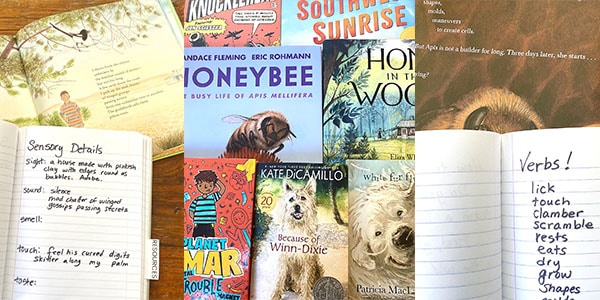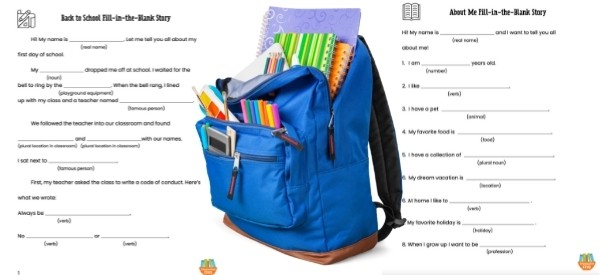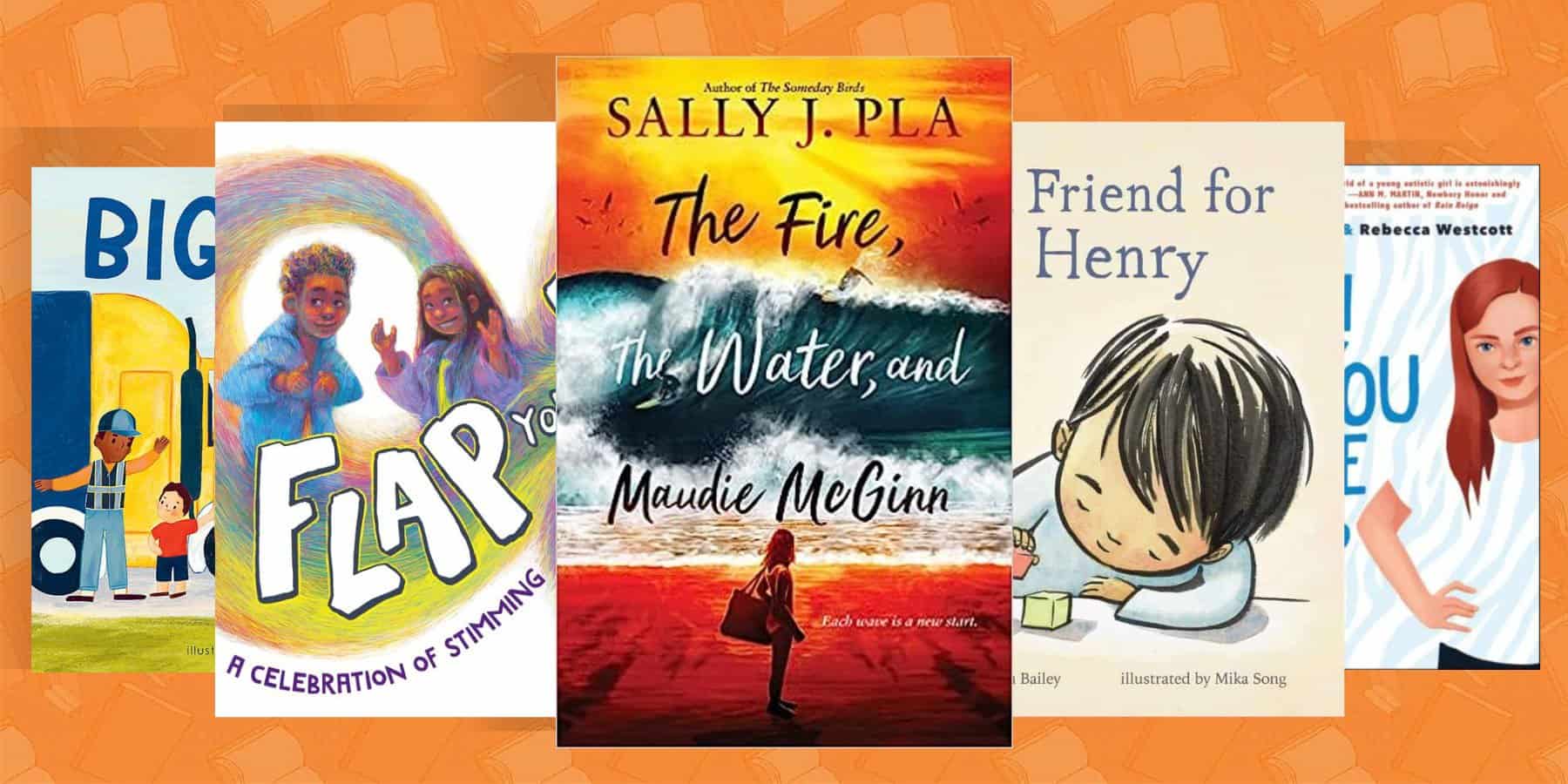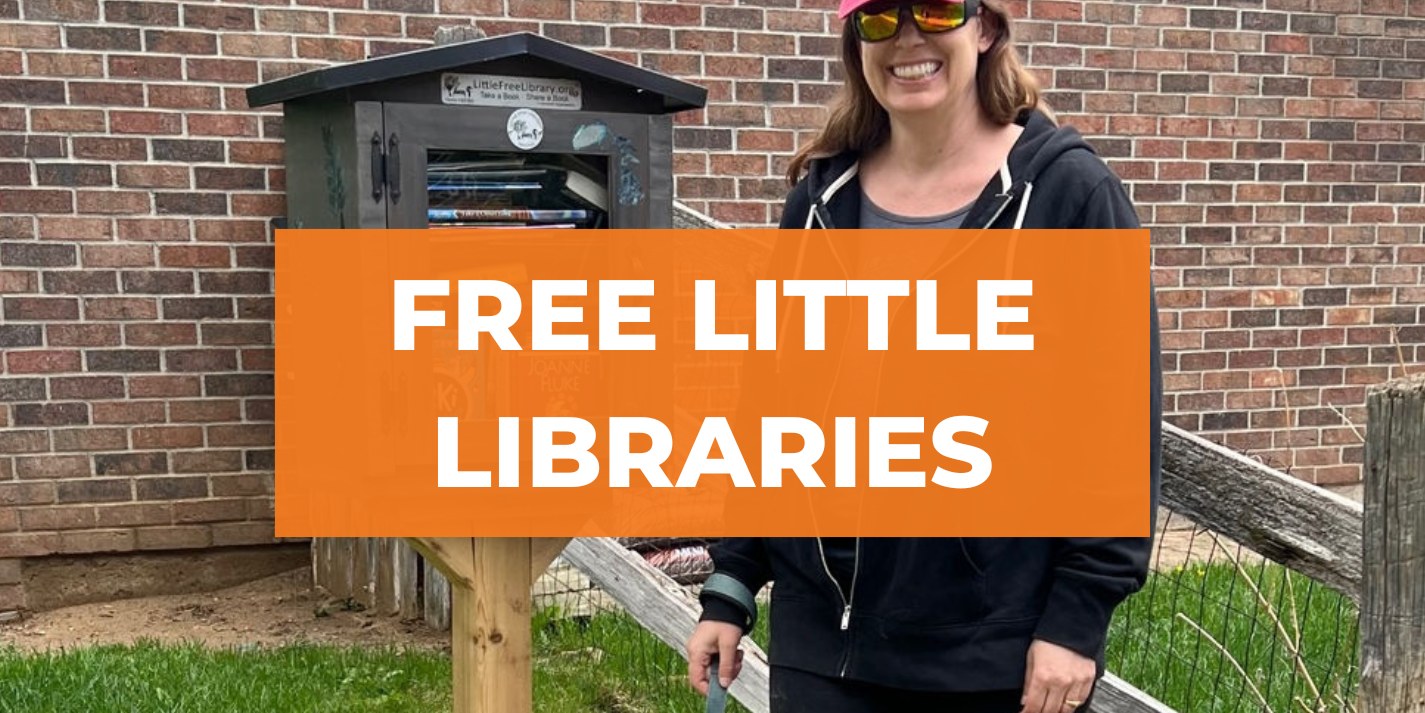Let Me be the Devil on Your Shoulder to Help With Dialogue
This post may contain affiliate links.
written by children’s book author Lisa Fipps
Let Me be the Devil on Your Shoulder to Help With Dialogue
We talk all the time, so why is dialogue so difficult to get just right when we’re writing? I blame English teachers. Just kidding. Kinda. Let me explain. From day one we’re taught to write using standard English. But we don’t talk that way, now do we? Admit it: When you’re writing, there’s an English teacher sitting like an angel on your shoulder, isn’t there? We all have one. It’s great when you want to submit a grammatically correct manuscript to an agent or editor. It’s not so great when it comes to dialogue because we don’t speak in standard English. Having an English teacher sitting like an angel on your shoulder is one reason why a writer struggles with dialogue.
Let’s say you’re writing a scene where a mom is mad at her son for not doing his homework – a common occurrence for him – and the boy lies about what happened. If you wrote in standard English, the scene would go something like this.
“Tom, your teacher called me. She has had to call so many times this semester, I know she has to have me on speed dial by now. She said that – once again – you did not turn in your homework. What is going on with you? It seems as if you are trying to flunk fifth grade.”
“Mother, I did do my homework; however, the dog ate it. It is not fair to punish me for something the dog did.”
But if you wrote it in nonstandard English, like we talk in real life, it’d go something like this.
“Thomas. Allen. Smith. Guess who just called me – for the zillionth time this semester. Your teacher. I swear that woman has me on speed dial. You didn’t turn in your homework. Again. What. Is. Going. On? Are you trying to flunk?”
“But Mooooooom! I. Did. My. Homework. Honest! But … umm … the dog, well, uh, it ate it. How can you blame me for somethin’ Spot did? Geez!”
Both passages say the same thing. But notice the differences, such as complete sentences verses fragments. No contractions verses contractions. A dropped G.
Dialogue is not one-size-fits-all because it’s about individual characters. It’s also about the setting. Think about it. If this scene had played out in front of the teacher, the mom and her son would most likely have used a hybrid of the two examples.
So how do you know what rules to follow when writing dialogue? Wait for it. Wait for it. There are no rules. Mwahahahaha. There’s just listening to a lot of real conversations and knowing your characters. Feel free to think of me as the dialogue devil on your other shoulder.
Oh, and as for the other reason we struggle with dialogue? You’ll have to tune in next time. (Insert devilish laugh here.)
KEEP READING–> “Want to Write Better Dialogue? Close Your Eyes and Listen“.
About Lisa Fipps

About Starfish
Heartbreaking and inspiring, this poignant novel in verse is about Ellie who, after years of fat-shaming and bullying, learns to define herself not based on what others say but on who she really is. Ellie loves to swim; it’s her safe escape where she feels the most comfortable. She’s bullied for her weight especially by her mother–who is pushing for dangerous gastro-bypass surgery — and her peers who call her Splash. Fortunately, Ellie finds an ally in a supportive therapist who helps her grow into her power and find her voice. “As I float, I spread out my arms and my legs. I’m a starfish, taking up all the room I want.” A BEST book of 2021! (And of all time.)

KEEP READING:
Overcoming the Challenges to Writing Your Life Story

How to Use Mentor Texts to Teach Writing

More Guest Writers Share Widom on Books, Writing, and Reading









